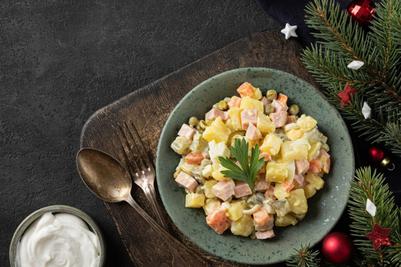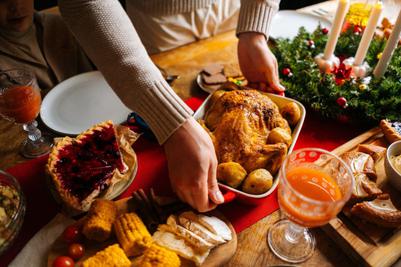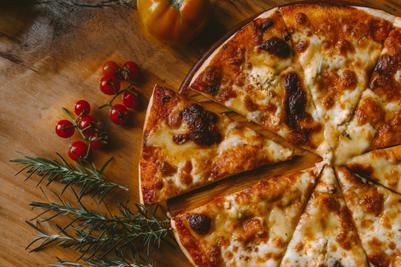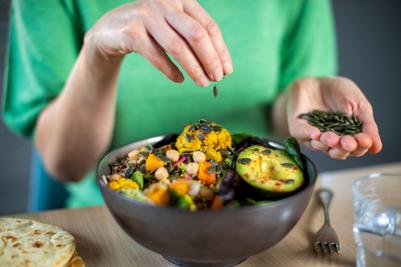We have compiled a list of products that should be excluded from the diet.
What is insulin resistance? What can and cannot be eaten with this violation? What rules should I follow? We are dealing with an endocrinologist.
Insulin resistance (IR) is a decrease in the sensitivity of peripheral tissues to insulin, regardless of whether it is produced by the body (endogenous insulin) or it comes from outside (exogenous insulin).

Veronika Ochirova
endocrinologist FNCC FMBA of Russia
Simply put, because of such a violation, glucose circulates in the blood, but does not enter the cells and does not provide them with the necessary amount of energy.
The body tries to make up for the lack of glucose in the cells by releasing a large amount of insulin. The pancreas is overloaded, performing double or even triple work.
Over time, the reserves of the organ are depleted, and a person may develop type 2 diabetes mellitus.
Insulin resistance, as a rule, is not manifested by specific symptoms. Such a violation is usually detected accidentally during the diagnosis of pathologies not related to IR.
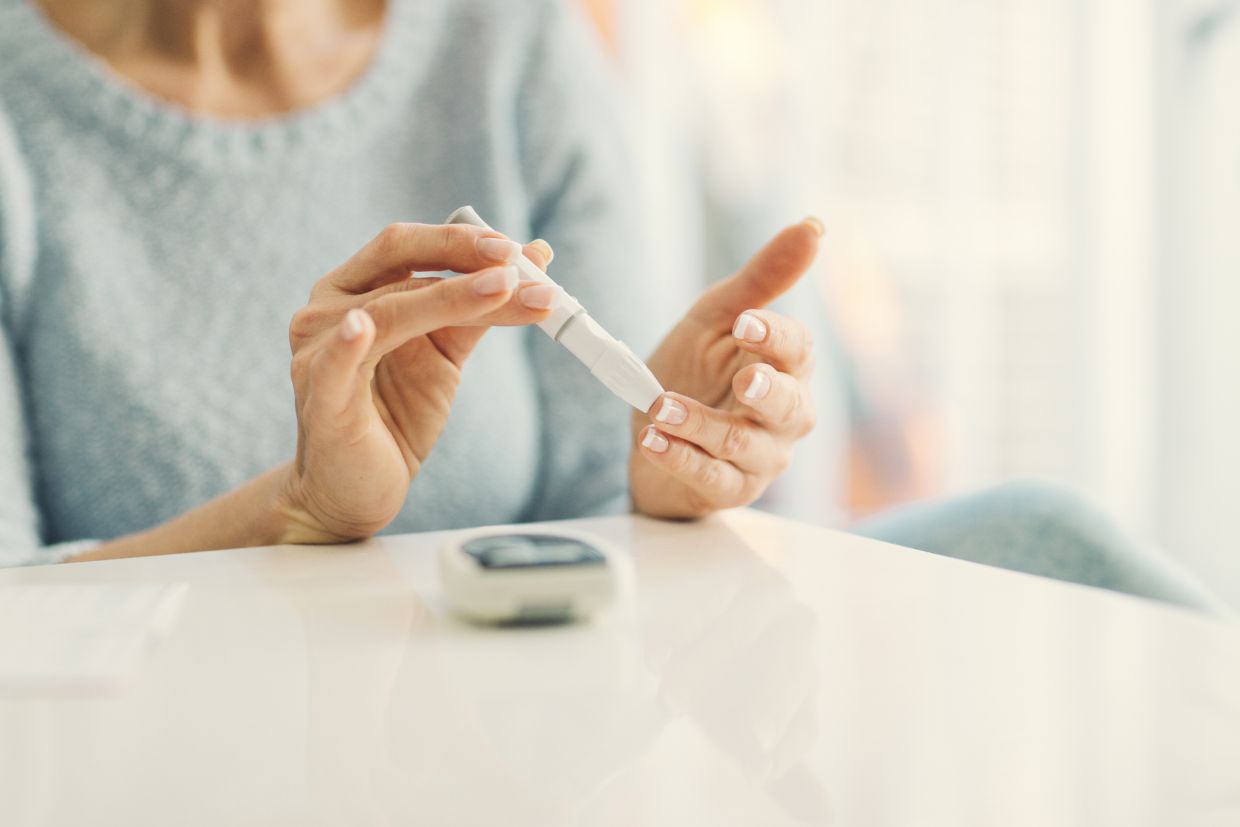
People with insulin resistance have a significantly increased risk of developing diabetes mellitus. Proper nutrition in this case helps to maintain a normal weight and improves health.
Therefore, such patients need to follow a certain diet, which consists in limiting the consumption of carbohydrates and fats of animal origin (table No. 9).
What are carbohydrates and what do they contain? According to the link, the nutritionist named 22 products.
The most important thing is to constantly monitor your weight, monitor your body mass index and not gain extra pounds due to adipose tissue.
If a person suffers from overweight, then he should stick to a calorie-deficient diet. At the same time, it is important to observe the norm of proteins, fats and carbohydrates (BZHU).
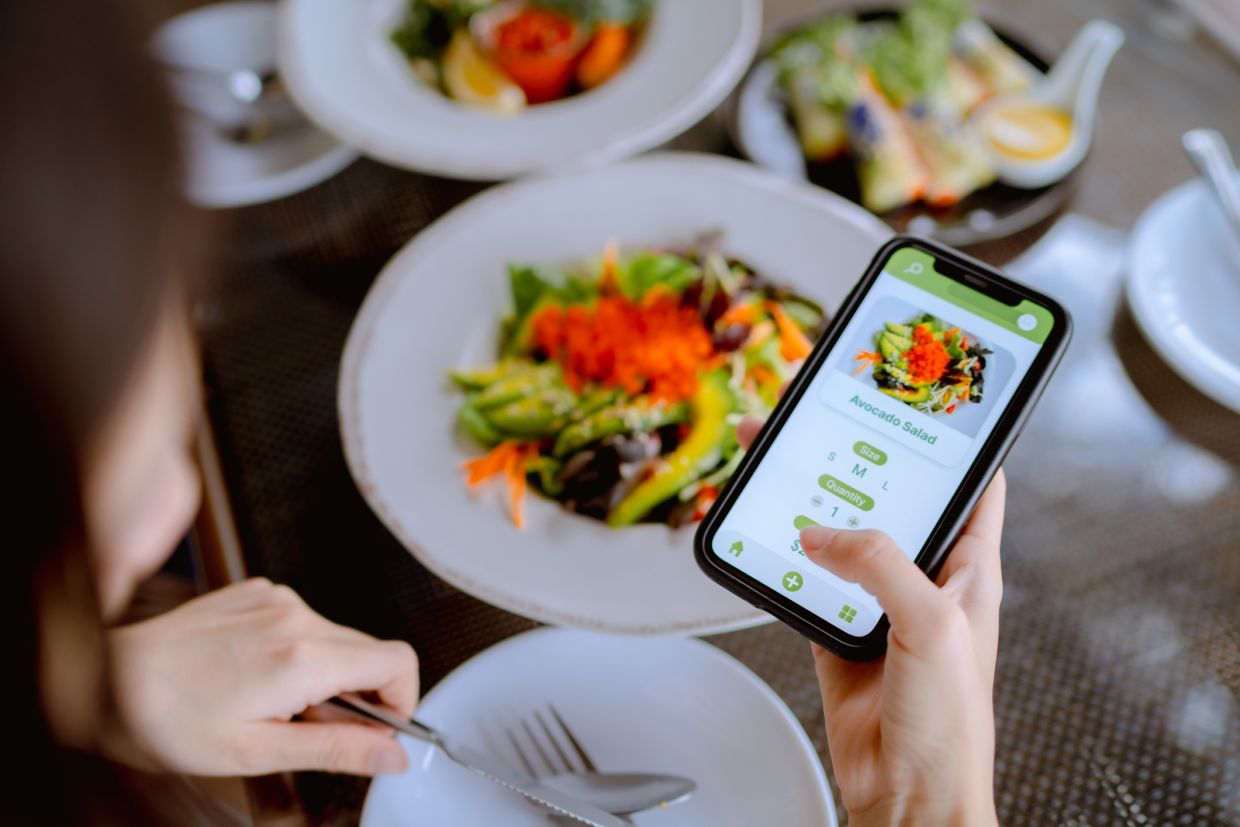
With insulin resistance, the daily diet should consist of 50-55% carbohydrates, 30% fat, 10-15% protein. At the same time, it is desirable to consume products with a low glycemic index.
The glycemic index is an indicator indicating the rate of breakdown of foods in the body and their conversion into glucose and the amount of insulin secreted by the pancreas in response to this product.
They have a low glycemic index:
- beef;
- turkey;
- chicken, chicken eggs;
- seafood;
- cucumbers, tomatoes;
- white cabbage;
- radish;
- oranges, pears, apples;
- buckwheat porridge, wheat;
- whole grain bread, pasta of hard varieties;
- quinoa;
- oat flakes;
- brown rice;
- leaf salad;
- mushrooms.
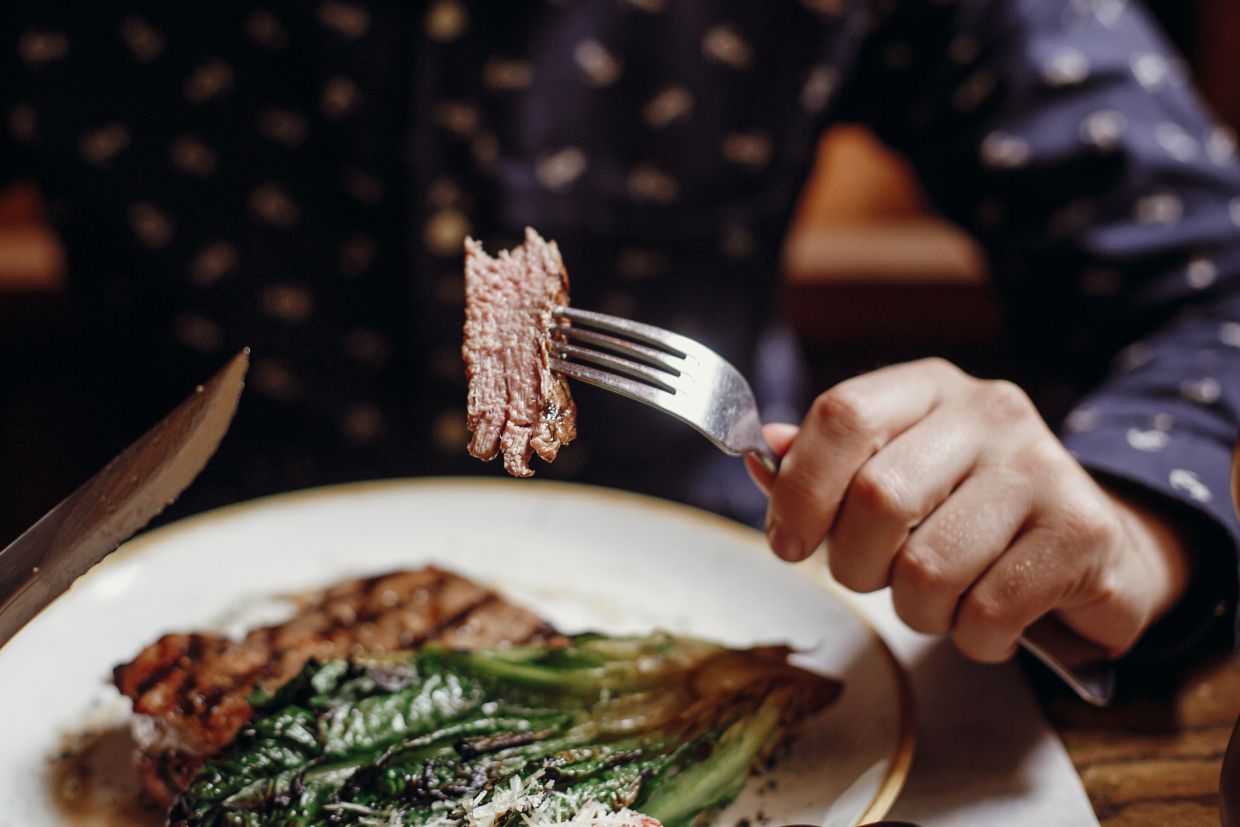
Most calories should be consumed for breakfast. It is also recommended to eat fruit in the morning, but in moderation. Lunch should be 30% of the daily calorie intake. Dinner is the lowest calorie meal.
What happens if you skip breakfast? Who shouldn't do this? The answers to these questions can be found at the link.
All types of sugar should be excluded from the diet:
- honey;
- various syrups;
- semolina;
- bakery and pastry products made of premium flour;
- any kind of alcohol;
- candy, chocolate;
- lollipops;
- chips, snacks;
- carbonated sweet drinks, energy drinks, packaged juices.
Source: championat
Follow us on в Telegram




